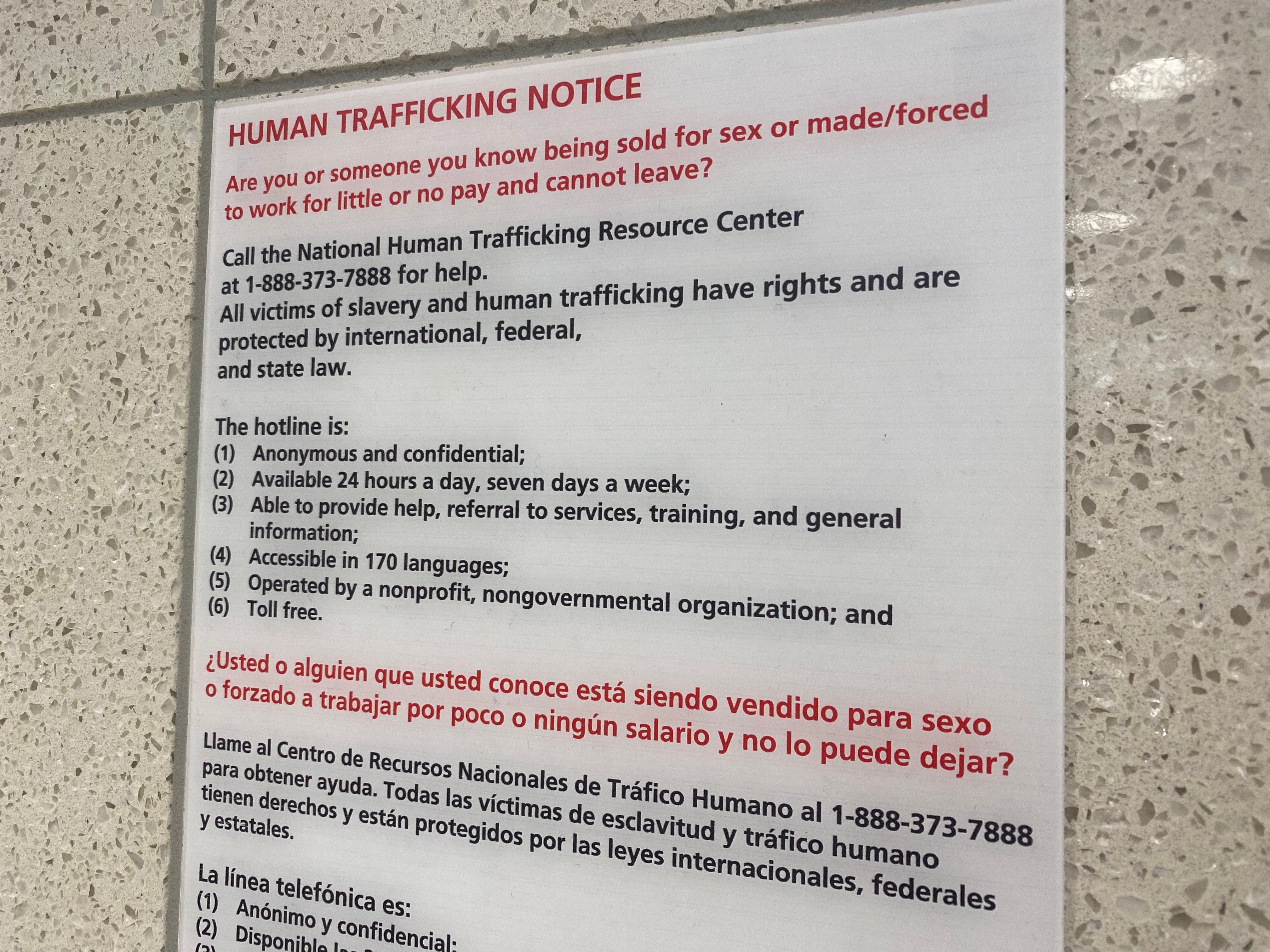How ODs can save lives by spotting human trafficking

Optometrists are the first line of defense against many major health problems, including diabetes, cataracts, macular degeneration, glaucoma, and refractive errors. They may also be the only professionals to interact with human trafficking victims while they are still in captivity.
Human trafficking is among the world’s fastest growing businesses, estimated to be a $150 billion-a-year global industry, according to the State of California Department of Justice.1 As healthcare providers, ODs and their staff should know how to spot human trafficking and report its victims; doing so has the potential to save lives.
More from SECO 2020: Leverage digital strategies to grow your patient base
Human resources (HR) executive Jason DeMayo, MBA, discussed human trafficking in a presentation at the 2020 Southeastern Educational Congress of Optometry (SECO) conference. During his talk, he covered the definitions of human trafficking, labor trafficking and smuggling; discussed the current, global scale of operations; and relayed how it affects practitioners.
Indications
Human trafficking is the business of stealing one’s freedom for the profit of another. It is the exploitation of another person for labor, domestic servitude, or commercial sexual activity by force, fraud, or coercion, according to the federal burau of investigation.2
“If you have a patient in your office who is showing symptoms of STDs and abuse, then chances are that that person is involved in human trafficking in some form,” Mr. DeMayo says.
Related: Coronavirus: A quick summary for optometrists
Human trafficking occurs mainly in two forms: sex trafficking and labor trafficking.
Some indications of labor trafficking present as:
• Another person controlling or speaking on behalf of potential victim
• Employer-controlled housing (especially if multiple patients have the same address)
• Evidence of fear or threats
• Evidence of abuse
• Another person refusing to allow the doctor to be alone with the victim
• Victim is unsure of whereabouts (could be drug induced)
• Victim’s documents are being controlled by another person
More from SECO 2020: 8 ways to master hiring
Indicators of sex trafficking often present as the following:
• Minors who look confused or scared accompanied by older people who look nothing like the victim
• Indications of abuse or severe drug use
• Victim being controlled by another person, speaking for the victim, always around the victim, not allowing the doctor to examine the victim alone
• Victim indicating signs of distress and/or fear (body language, no eye contact, etc)
• Fake identification and/or paperwork
If a human trafficking victim is spotted within a medical environment, the attending medical staff should not interfere directly because doing so could put the whole office at risk. Often the handler is not the only person involved.
Instead, medical staff members should protect themselves and the victim from physical violence, call 911 if a child is involved, call the national human trafficking hotline (888) 373-7888, or call the national children human trafficking hotline (888) 550-2386.
More from SECO 2020: How social media influencers can promote your practice
Effect on practice
“This is the world of social media,” Mr. DeMayo says. “Something bad is going to get out there faster than something good, and your reputation of being an ethical business is how you make your living.”
When it comes to human trafficking, a medical practice’s good reputation can be completely erased by a single accusation, whether that accusation is true or not, Mr. DeMayo says. Any human trafficking allegation that is publicized will negatively affect a business in the following ways:
• Reputation and brand will be tarnished
• Work productivity: Negative impact on productivity and morale
• Work environment: Could be federally closed and seized if involved, even if the allegation is made by an employee after hours
• Customer retention
• Safety of current employee population
Related: Experts offer advice to ODs starting dry eye subspecialty
The good news for ODs is there are easy ways to spot and prevent human trafficking from taking place at work. Some indications that sex buying is occurring on company time include verbal discussion about it, internet searches for escort services, and employees with continuously unknown dates at employee functions. Managers can take steps to mitigate sex buying by employees by educating staff members that inappropriate behavior will not be tolerated, creating an atmosphere where employees feel safe identifying fellow colleagues who may be involved in human trafficking activity, and supplementing an employee handbook policy about it with training.
Related: 5 lessons I learned from visiting another dry eye practice
“I highly recommend that ODs hire a quality lawyer, employment attorney, or highly qualified human resources manager; write the employee handbook to protect the business; and, this is most important: train staff on any change included in the handbook,” Mr. DeMayo says. “If you have a handbook policy but don’t train on it, you are at fault by law.”
Protect children
It is important to start early when educating children about the dangers of human trafficking.
“Some traffickers have been known to start the grooming process with children as young as eight years old,” Mr. DeMayo says.
Demographics that are at particular high risk of human trafficking include those in poverty, the homeless, children in foster care, immigrants, children with low self-esteem, or those who have trouble making friends.
Related: Why practice owners should create a simple business budget
“Human trafficking is rapidly growing with Uber and lyft drivers because of easy access,” Mr. DeMayo says.
ODs should install internet security on their business’s WiFi to block sites that may put their practice at risk and talk to children about internet safety and potential predators.
Mr. Demayo suggests parents and healthcare professionals empower themselves by reading the tips suggested on www.internetsafety101.org.
Related: 5 things you missed at SECO 2020
References:
1. State of California Department of Justice. Human Trafficking. Available at: https://oag.ca.gov/human-trafficking. Accessed 3/9/20.
2. Federal Bureau of Investigation. Human Trafficking. Available at: https://www.fbi.gov/investigate/civil-rights/human-trafficking. Accessed 3/9/20.